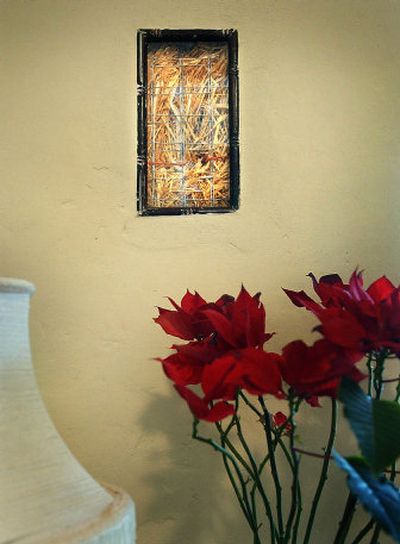Habitat builds with straw

Straw houses are no longer just for “The Three Little Pigs.”
Lorraine Queener has been living in a straw bale house in the Spokane Valley for the past three years. Her 1,200 square foot home was constructed using 42 large straw bales.
“Most people are surprised when they walk in because they think it should look different, but it really doesn’t, besides the thick walls,” Queener said.
Queener said she was attracted by the environmentally-friendly advantages of using straw rather than wood.
“It appealed to me because I knew I wasn’t taking a resource that was not renewable,” Queener said.
Unlike wood, straw is an agricultural waste product. In addition, leftover straw from the building project can be composted, said architect Tom Angell, president of the Northwest EcoBuilding Guild’s Inland Chapter.
An added bonus is that the thick, straw walls provide excellent insulation.
So it was both environmental and energy-efficient advantages that inspired Habitat for Humanity-Spokane to start constructing its first straw bale home.
“We wanted to incorporate more sustainable building into our program,” said David Sullivan, Habitat’s construction director.
The house is going up on Earth Day, Saturday.
Students from Washington State University’s Spokane campus designed the home under the direction of Kelly Lerner, a Spokane architect specializing in straw bale building.
Lerner received the World Habitat Award at the United Nations World Habitat Day Celebration in 2005 for her leadership in a straw bale construction project in China. Lerner and her teams have built three schools and more than 600 houses so far, helping Chinese communities improve energy efficiency and decrease air pollution caused by burning coal.
Habitat also plans to incorporate other earth-friendly building materials and techniques into the home, such as strategically-placed windows to capitalize on natural light and cabinetry made from Wheatboard, a recycled sawdust and wheat material.